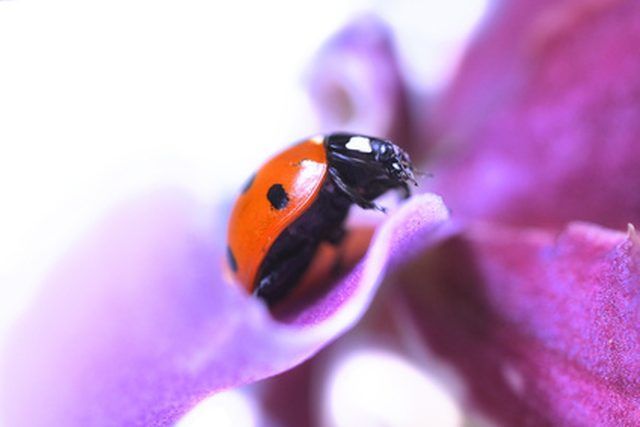Bulbs
Flower Basics
Flower Beds & Specialty Gardens
Flower Garden
Garden Furniture
Garden Gnomes
Garden Seeds
Garden Sheds
Garden Statues
Garden Tools & Supplies
Gardening Basics
Green & Organic
Groundcovers & Vines
Growing Annuals
Growing Basil
Growing Beans
Growing Berries
Growing Blueberries
Growing Cactus
Growing Corn
Growing Cotton
Growing Edibles
Growing Flowers
Growing Garlic
Growing Grapes
Growing Grass
Growing Herbs
Growing Jasmine
Growing Mint
Growing Mushrooms
Orchids
Growing Peanuts
Growing Perennials
Growing Plants
Growing Rosemary
Growing Roses
Growing Strawberries
Growing Sunflowers
Growing Thyme
Growing Tomatoes
Growing Tulips
Growing Vegetables
Herb Basics
Herb Garden
Indoor Growing
Landscaping Basics
Landscaping Patios
Landscaping Plants
Landscaping Shrubs
Landscaping Trees
Landscaping Walks & Pathways
Lawn Basics
Lawn Maintenance
Lawn Mowers
Lawn Ornaments
Lawn Planting
Lawn Tools
Outdoor Growing
Overall Landscape Planning
Pests, Weeds & Problems
Plant Basics
Rock Garden
Rose Garden
Shrubs
Soil
Specialty Gardens
Trees
Vegetable Garden
Yard Maintenance
Reproductive System of Lady Bugs
Reproductive System of Lady Bugs. Ladybugs, also known as lady beetles, ladybirds or coccinellids, are considered beneficial insects because they feast on aphids. They have adapted to live in many parts of the world and have even found their way into folklore and childrens' rhymes. Ladybugs are sexually reproducing insects. In her lifetime, a...

Ladybugs, also known as lady beetles, ladybirds or coccinellids, are considered beneficial insects because they feast on aphids. They have adapted to live in many parts of the world and have even found their way into folklore and childrens' rhymes. Ladybugs are sexually reproducing insects. In her lifetime, a female ladybug may lay up to 300 eggs.
Life Cycle
During its life cycle, the ladybug goes through complete metamorphosis. The eggs hatch into larvae that are dark bluish in color with orange dots. Larvae's bodies are covered with tiny spines, and they look like miniature crocodiles. They feed on aphids, turn into pupae and emerge as adults
Reproductive Organs
Like other insects, the reproductive organs of female ladybugs consist of a set of paired ovaries that produce eggs and are contained in the abdomen. Males have a set of testes that produce sperm and an aedeagus, the insect equivalent of a penis.
Mating
Much of the ladybug's adult life is spent hibernating. Ladybugs emerge in the spring to mate and lay eggs. During mating the male climbs on top of the female and attaches himself to her. Using his aedeagus, he fertilizes her internally and within 10 days the female can start to lay eggs. If there are no aphids around, the ladybug can delay laying her eggs for several months to give her young a better chance of survival.